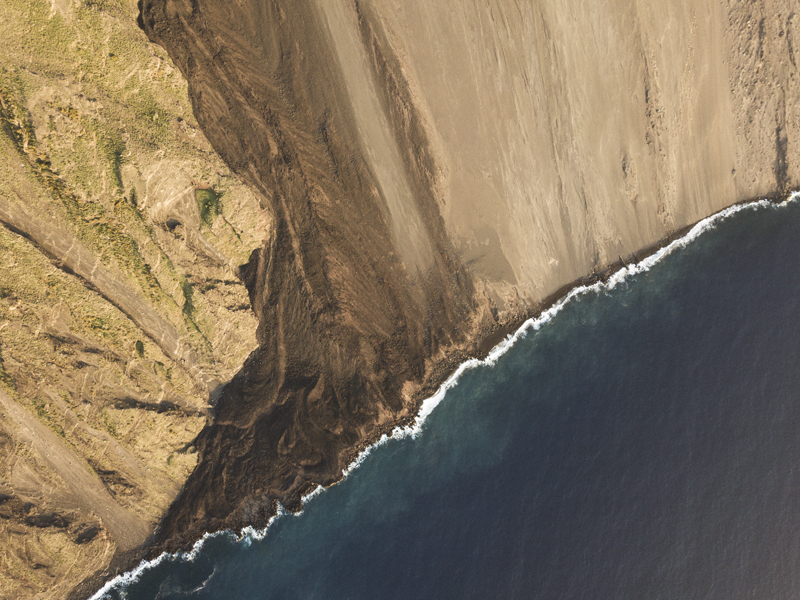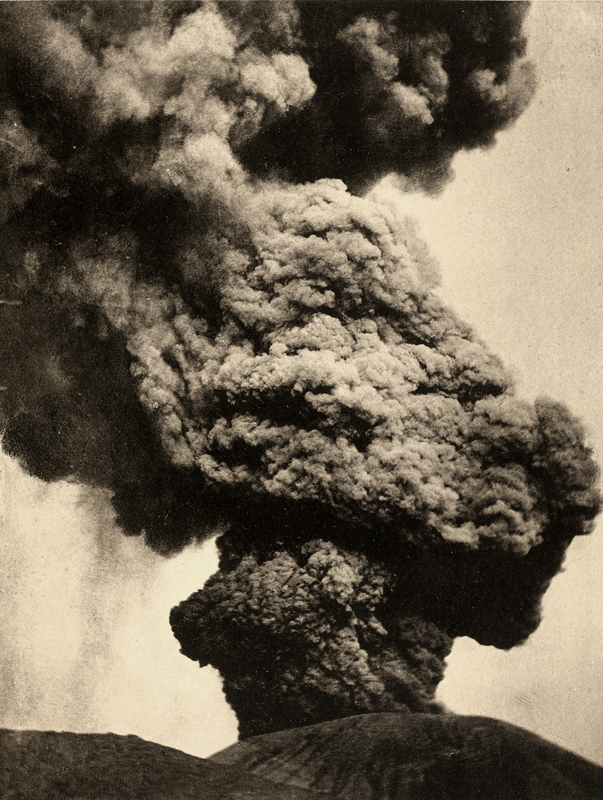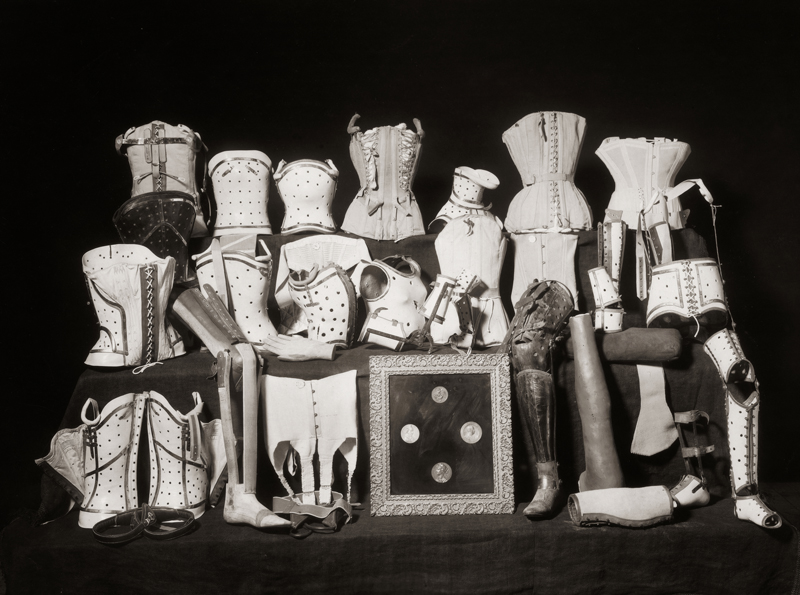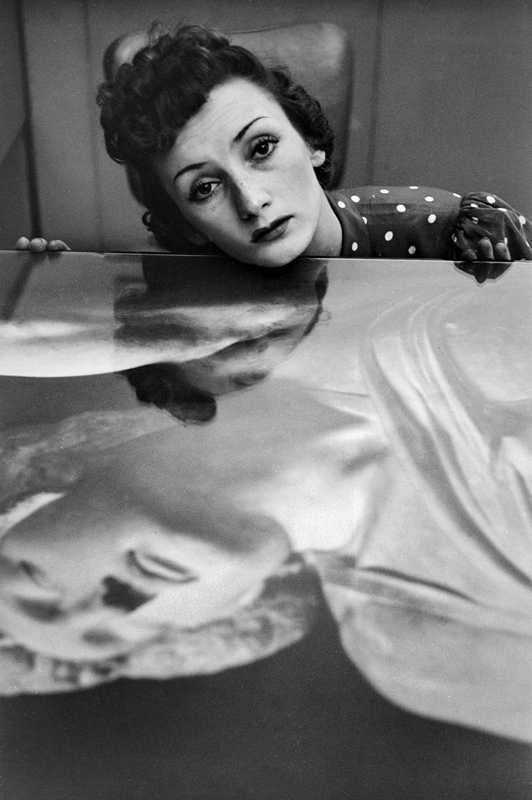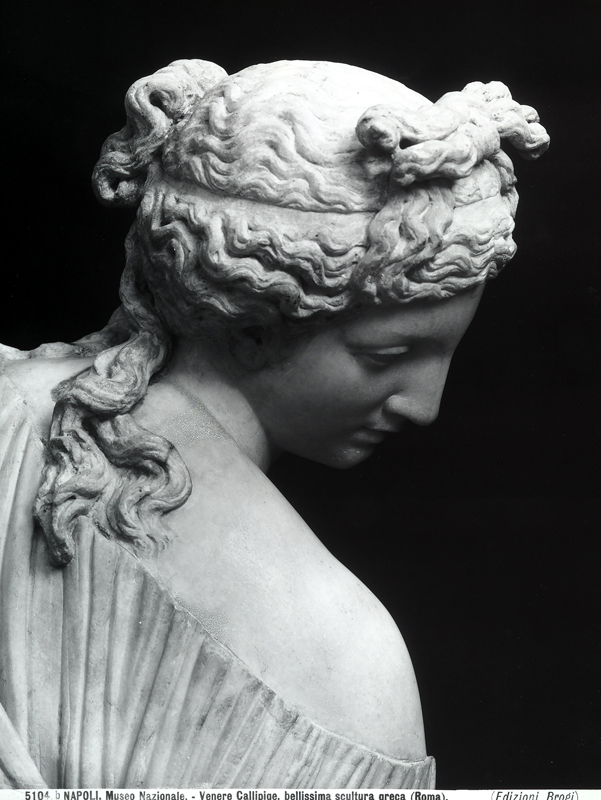projects | exhibition
Italiae From Alinari to the masters of contemporary photography
At the end of the first volume of Don Quixote, Cervantes describes a young man, the "son of a poor peasant" who returns to Spain after having been "a soldier in Italy and elsewhere". Cervantes refers to Italy in the plural, more than one Italy. A plural Italy which over time has been the object of the gazes of great photographers, very different in terms of tone, technique and style, yet all intent on conveying the country's fluid and complex identities and traditions, as well as its most subtle lines of evolution. Italiae. From Alinari to the Masters of Contemporary Photography recounts, through photography, the charm and diversity of Italy, its landscapes, its creativity, and its people. A century and a half of history in an anthology of images that create a virtual gallery of portraits and memories, testifying to the richness of the country itself and, at the same time, to the extraordinary vitality of Italian photography.
On the initiative ofMinistero degli Affari Esteri e della Cooperazione Internazionale
Exhibition produced byFratelli Alinari Idea SpA
Exhibition promoted byFAF Toscana - Fondazione Alinari per la Fotografia
Curated byRita Scartoni and
Luca Criscenti
The exhibition
Through the works of more than 75 photographers, this unusual visual narration brings together different viewpoints, techniques, and subjects, with the explicit intention of creating a dialogue between historical and contemporary photography, generating assonances and contrasts of form and content.
A play of connections that invites the viewer to take a fresh look at familiar images - the very images that have helped to build the visual identity of Italy – and then to discern in them unexpected correspondences and suggestions.
A selection that, without claiming to summarize the complexity of Italian photography in its entirety, is in any case both a challenge and a means to explore aesthetic choices and languages that run through more than 160 years of images, including atelier photography, pictorialism, conceptualism, photojournalism, and artistic research. A journey that begins with the Alinari and the world, so vast in terms of the collections and archives represented, that formed around them – a "multiverse of images", to quote Mario Cresci, an artist who contributes a new conceptual work to this exhibition -, and arrives, by way of the great masters of 20th century photography, to the most recent artistic experimentation. The result can also be read as a brief compendium of the history of photographic techniques that starts from the calotype and arrives at virtual photography in games.
The exhibition is divided into three sections - Landscapes, Works, and Faces -, each constituting a virtual geographical, historical and artistic path that captures, in a multifaceted variety of themes, the mutations of a country in continuous evolution: North and South, city and countryside, work and leisure, tradition and innovation, social history and cultural life. Visions where the surprise lies in the "staging", in the original choices of each artist.
A proposal that is also a means of following the transformations of the country, with a language capable of grasping geographical diversity, of plumbing the depths of history and penetrating the creases of the territory. A palimpsest that makes the many "Italies" into one Italy, that speaks of shifting cultural frontiers whose complexity is owed to centuries of comparisons and contaminations; a reasoned selection which, through images captured by different gazes, comes together as a fluid and varied story whose forms reflect the mobile and vital background of a country rich in stories and memories.
Circuitation
Starting in the summer of 2021, the exhibition will take place in the spaces of the Italian diplomatic-consular network and the Italian Institutes of Culture, in a journey that will touch Europe, Asia, Africa and the Americas. The international public will be able to know and retrace the twists and turns of a path that, starting ideally from the Alinari Archives, arrives through the great masters of Italian photography of the twentieth century to contemporary experimentation.
Landscapes
It is an Italy that changes that which emerges, image after image, from the stylistic choices of our artists, whereby the landscape - which in the 19th century is still that of the Grand Tour, a sublime catalogue of nature and works of art, assembled in a pioneering endeavor of "monumental unification" - is alternately shattered and reconstructed in the different aesthetic approaches of the masters of 20th-century photography.
In its extraordinary variety and discontinuity, in a territory of relatively limited scale, the Italian landscape is not just a collection of fragments. Rather, it becomes the face of a community, the image of a system in which the anthropic and natural components, both past and present, coexist in a very close relationship where the interaction between humanity and environment is what creates a sense of true belonging. It is through the intimate relationship between natural creation and man's interventions that the landscape takes on its contours, in a comprehensive whole of remarkable power and a container of values and identity.
Chapters:Spaces of natureDesigned landscapesSpaces of man
Works
The works of man are the focus of a visual journey where the tumultuous creative evolution of Italy emerges: from the pasta factories of old to modern advances in the biomedical and aerospace sectors. The exhibition itinerary traces the passage from a world driven by the slow rhythm of the seasons, recounted by the unsurpassed black and white of 19th and 20th-century photography, to a mature industrial society, to our own automated, globalized and definitely photogenic present.
These transformations are reflected in the wider transformation of Italian society, where there remains the common denominator of an industriousness fueled by dedication, selfabnegation, imagination, and success. Italian photography recounts the creative use of the resources of the territory and the artisanal knowledge that has been able to integrate optimally with the scientific and technological progress of recent decades.
Chapters:Knowledge of the landKnowledge of the handsThe business of the Future
Faces
We have made Italy. Now we must make Italians. It is not clear whether the appeal attributed to Massimo d’Azeglio has been put into practice over the course of time. It is certainly a present and palpable idea in the history of photography, which has offered and continues to offer, in an ideal reinterpretation of the great tradition of portraiture, the faces and figures of Italians of varying epochs, regions, ages and social classes, portrayed at school, at work, and at leisure, singly and collectively, static and in motion.
In this small collection, the faces parade past in a unique and original history of the Italian social landscape, against the background of the evolution of photographic processes. The faces are transformed, always different, less and less marked by struggle and fatigue, immortalized through the use of constantly new techniques and compositions that together delineate an emotional and sentimental chronicle of an ever-changing Italy, where what really makes the difference is the unrepeatable encounter between photographer and subject.
Chapters:Figures and portraitsA century of lifeChronicles of love
Photographs by
Stabilimento Alinari, Vittorio Alinari, Aurelio Amendola Stabilimento Anderson, Isabella Balena, Vincenzo Balocchi, Gian Paolo Barbieri, Olivo Barbieri, Gabriele Basilico, Raffaello Bencini, Giorgio Benvenuti, Gianni Berengo Gardin, Studio Betti Borra, Antonio Biasiucci, Piergiorgio Branzi, Emanuele Bresciani, Stabilimento Brogi, Luigi Bussolati Henri Chouanard, Cesare Colombo, Studio Corsini, Mario Cresci, Gabriele Croppi, Giovanni Crupi, Gustave De Beaucorps, Stefano De Luigi, Simone Donati, Franco Fontana, Paolo Formichella, Andrea Frazzetta, Maurizio Galimberti, Alessandro Gandolfi, Luigi Ghirri, Mario Giacomelli, Luigi Leoni, Stefano Lista, Massimo Listri, Lorenzo Maccotta, Alex Majoli, Giuseppe Malovich Emiliano Mancuso, Fosco Maraini, Achille Mauri, Francesco Paolo Michetti, Nino Migliori, Carlo Mollino, Davide Monteleone, Walter Niedermayr, Cristina Nuñez, Paolo Pellegrin, Mauro Puccini, Sergio Ramazzotti, Mauro Ranzani, Fulvio Roiter, Giorgio Roster, Ferdinando Scianna, Vittorio Sella, Shobha, Massimo Siragusa, Giorgio Sommer, Mario Spada, Paolo Spigariol, Bruno Stefani, Marino Sterle, George Tatge, Giuliana Traverso, Michele Vestrini, Studio Villani, Massimo Vitali, Wilhelm Von Gloeden, Marion Wulz, Wanda Wulz, Italo Zannier, Bruno Zanzottera, Otto Zenker
outher projects

Promoting and discovering photographers Wanda and Marion Wulz and their archive
5000 Negatives: Wanda and Marion Wulz, photographers. Safeguarding their legacy at the Alinari Foundation for Photography.

MIRABILIALINARI.10 short films on 10 objects from the Alinari archives
10 short films passionately presented by experts to discover the Alinari wonders, a surprising and extraordinary photographic archive, partly still...

Mapplethorpe - von Gloeden Beauty and Desire
The photographs by Robert Mapplethorpe, Wilhelm von Gloeden and the Fratelli Alinari are exhibited in an original visual journey that underlines...

Sognando i corsari. Livorno and the sea in the Alinari Archives
Through the lens of photographers who have lived, portrayed and loved the city of Livorno, a journey of over a century, from 1845 up to the 1960s,...

Italy is a desire. Landscapes and visions in photography from 1842 to 2022. The Alinari and Mufoco collections
Discover the italian landscape through a journey inside the public collections of Fondazione Alinari and of Museo di Fotografia Contemporanea.

La sottilità dell’aria. Arezzo and its territory in the Alinari Archives
One hundred years of history of the Arezzo area, from 1856 to 1954, through the images of the great photographers and publishers Alinari and Brogi,...

Enhancement of the Giorgio Roster Archive
Fondazione Alinari per la Fotografia and Museo Galileo are working at a digitization project of the Giorgio Roster archive, whose collection...

Fotografe! Women Photographers: Alinari Archives to Contemporary Perspectives
The gaze of women through the history of photography, from its origins to young contemporary artists.

Enhancement of the most important Italian collection of unique photographs
A project focused on the conservation, restoration and dissemination of the largest collection of unique photographic items from the Alinari...

Il formidabil monte. Il Formidabil Monte. Vesuvius in the photographs of the Alinari Archive
A curse and a blessing over the Gulf of Naples, the sterminator Vesevo (Vesuvius, the destroyer) celebrated by Leopardi is at the core of...
